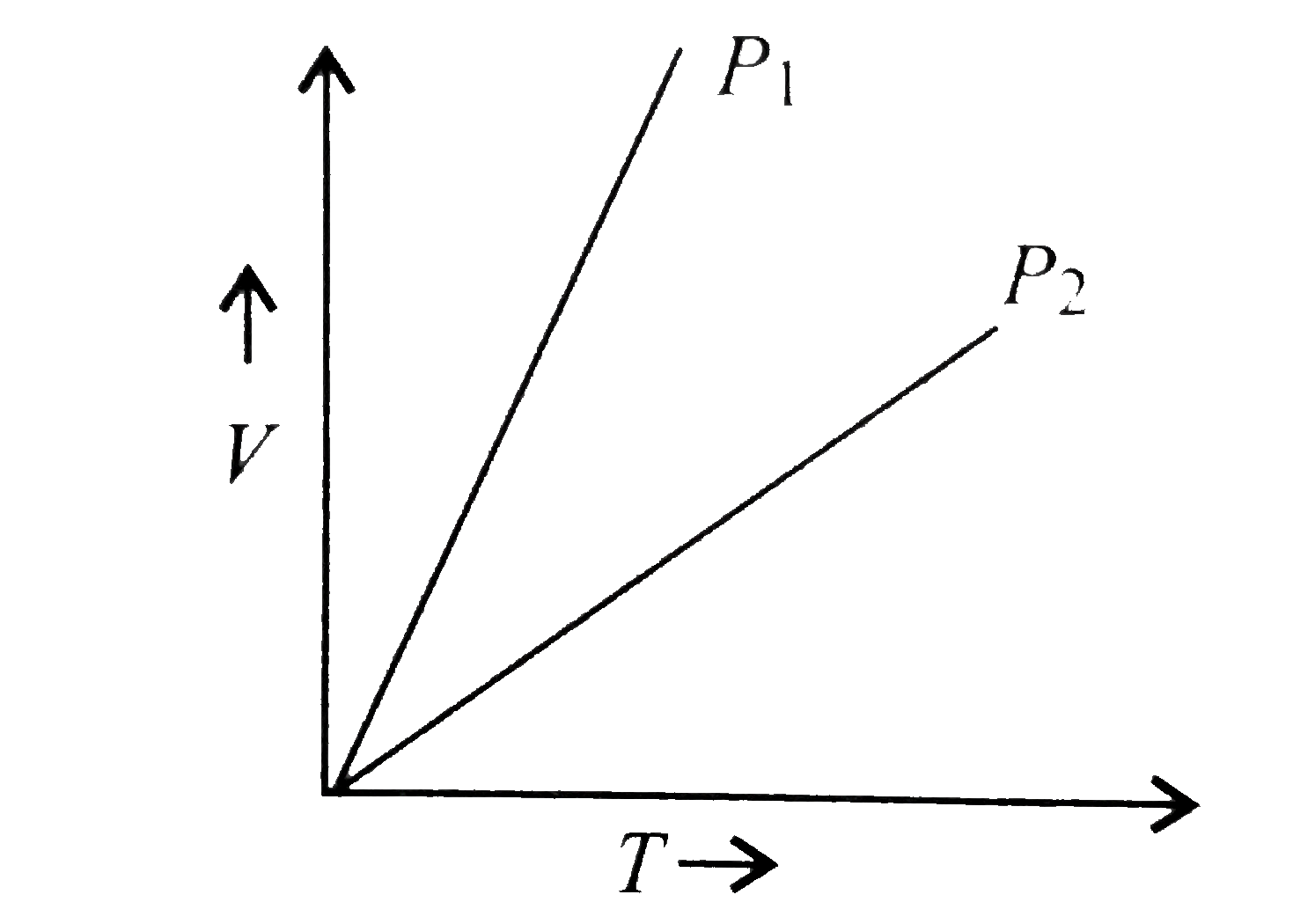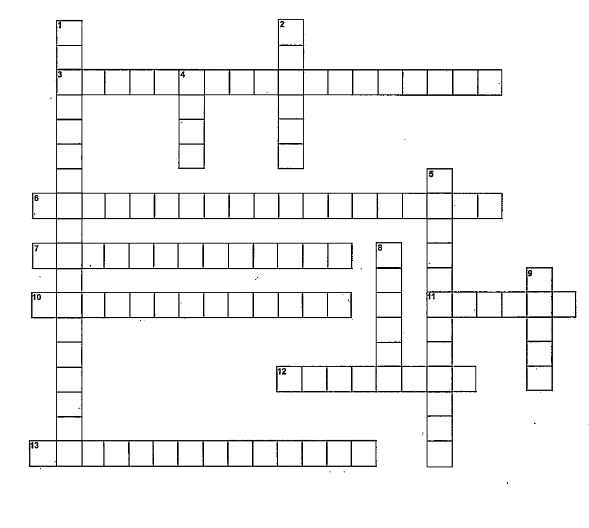The difference in lateral pressure, causes a spinning ball to take a curved path which is convex towards the greater pressure side, this effect is called.............
The correct Answer is:Magnus effect
To solve the question regarding the effect that causes a spinning ball to take a curved path with convexity towards the greater pressure side, we can follow these steps:
1. Understanding the Concept: The question describes a phenomenon where a spinning ball curves in its path due to differences in lateral pressure. This is a key concept in fluid dynamics and is related to the behavior of spinning objects in a fluid (like air).
2. Identifying the Effect: The effect described is well-known in sports, particularly in games like cricket and soccer, where players spin the ball to control its trajectory. The specific name of this effect is crucial to answer the question.
3. Recognizing the Name: The phenomenon where a spinning ball curves due to pressure differences is called the Magnus Effect. This effect occurs because one side of the ball experiences higher pressure while the other side experiences lower pressure, causing the ball to curve towards the side with lower pressure.
4. Conclusion: Therefore, the answer to the question is that the effect is called the Magnus Effect.
Final Answer:
The effect is called the Magnus Effect.
---
The effect is called the Magnus Effect.
Topper's Solved these Questions
- BOOK - MODERN PUBLICATIONCHAPTER - MECHANICAL PROPERTIES OF FLUIDSEXERCISE - Revision Exercise (Short Answer Questions)28videos
MECHANICAL PROPERTIES OF FLUIDS
- BOOK - MODERN PUBLICATIONCHAPTER - MECHANICAL PROPERTIES OF FLUIDSEXERCISE - Revision Exercise (Long Answer Questions)7videos
MECHANICAL PROPERTIES OF FLUIDS
- BOOK - MODERN PUBLICATIONCHAPTER - MECHANICAL PROPERTIES OF FLUIDSEXERCISE - Revision Exercise (Additional Questions)3videos
MECHANICAL PROPERTIES OF FLUIDS
- BOOK - MODERN PUBLICATIONCHAPTER - MATHEMATICAL TOOLSEXERCISE - PRACTICE PROBLEMS (10)12videos
MATHEMATICAL TOOLS
- BOOK - MODERN PUBLICATIONCHAPTER - MOTION IN A PLANE EXERCISE - Chapter Practice Test15videos
MOTION IN A PLANE
Similar Questions
V vs T curves at different pressures P1 and P2 for an ideal gas are shown below:

Which one of the following is correct?View SolutionA venturi meter is used to measure the flow speed of a fluid in a pipe . The meter is connected between two sections of the pipe (Fig) the cross-sectional area A of the entrance and exit of the meter matches the pipe's cross-sectional area a with speed v . A manometer connects the wider portion of the meter to the narrower portion . The change in the fluid's speed is accompanied by a change Δp in the fluid 's pressure , which causes a height difference h of the liquid in the two arms of the manometer. (Here , Δp means pressure in the throat minus pressure in the pipe).

Suppose that the fluid is fresh water , that the cross-sectional areas are 64cm2 in the pipe and 32cm2 in the throat , and that the pressure is 55 kPa in the pipe and 41 kPa in the throat , and that the pressure is 55 kPa in the pipe and 41 kPa in the throat . What is the rate of water flow in cubic meters per second ?View Solution
Knowledge Check
- Question 1 - Select One
coagultion is the process by which the dispersed phase of a colloid is made to aggregate and thereby separtate from the continuous phase. The minimum concetration of an eletrolyte in milli-moles per litre of the electrolyte solution which required to cause the caogultion of colloidal sol is called coagution value .
therefroe higher is the coagulatings power of effective ion, smaller will be the coagultion value of the electrolyte.
coagultion value ∝=1coagulating power
the coagulation values of differnt electrolytes are different . this behavious can be easily uderstood by Harby - schulze rule which states.
the greater is the valency of the effective ion grreater is its coagulating power,"
which one had the highest coagulating powe?AK+BCa2+CAl3+DSn4+ - Question 2 - Select One
A gas may expand either adiabatically or isothermally. A number of p−V curves are drawn for the two processes over different ranges of pressure and volume, it will be found that
(i) Two adiabatic curves do not intersect
(ii) two isothermal curves do not intersect
(iii) an adiabatic curve and an isothermal curve may intersect.
(iv) the magnitude of the slope of an adiabatic curve is greater thanthe magnitude of the slope of an isothermal curveA(i),(ii)B(ii),(iii)C(iii),(iv)Dall - Question 3 - Select One or More
The difference of pressure between two points along a horizontal pipe through which water is flowing is 14cm of Hg. If due to non-uniform cross section the speed of flow at a point of greater cross section is 60cm/s, speed of flow at the other point is
A2m/sBless than 60cm/sCnot affected by non-uniform cross sectionDgreater than 60cm/s
Solve the following crossword using the given clues:

ACROSS
3. Principle relating to the apparent weight of a body when immersed in water.
6. Pressure caused by the weight of the air
7. Forces that require physical contact between objects
10. The force that exists between two magnets.
11. Unit of force
12. The resistance to movement that occurs when two bodies are in contact
13. The state when aperson does not feel any sensation of weight.
DOWN
1. The pull of the earth
2. SI unit of pressure
4. Measure of the amount of matter in a physical body
5. The upward force that a fluid exerts on an object that is immersed in the fluid.
8. The force with which the earth pulls a body towards its centre.
9. Something that tends to cause movement of a body.View SolutionA venturi meter is used to measure the flow speed of a fluid in a pipe . The meter is connected between two sections of the pipe (Fig) the cross-sectional area A of the entrance and exit of the meter matches the pipe's cross-sectional area a with speed v . A manometer connects the wider portion of the meter to the narrower portion . The change in the fluid's speed is accompanied by a change Δp in the fluid 's pressure , which causes a height difference h of the liquid in the two arms of the manometer. (Here , Δp means pressure in the throat minus pressure in the pipe).

(a) By applying Bernoulli's equation and the equation of continuity to points 1 and 2 in Fig show that
V=√2a2Δpρ(a2−A2)
where r is the density of the fluid .View SolutionDifferent curves of volume vs temperature at constant pressure are called
View SolutionWhen a liquid moves steadily under come pressure through a horizontal tube, it moves in the form of cylindrical layers coaxial to the exds of the tube. The velocity of different layers is different. The velocity of the layer is maximum along the axis of the tube and it decreases as one moves towards the walls of the tube. According to Poiseuille, the rate of flow of liquid through a horizontal capillary tube varies as the relation Vαpr4ηl where l and rare the length and radius of the tube and p is the pressure different between the ends of the tube and is the constant of proportionality.
Which of the following is correct:View SolutionWhen a liquid moves steadily under some pressure through a horizontal tube, it moves in the form of cylindrical layers coaxial to the ends of the tube. The velocity of different layers is different. The velocity of the layer is maximum along the axis of the tube and it decreases as one moves towards the walls of the tube. According to Poiseuille, the rate of flow of liquid through a horizontal capillary tube varies as the relation Vαpr4ηl where l and r are the length and radius of the tube and p is the pressure different between the ends of the tube and is the constant of proportionality.
When two capillary tubes through which the liquid is flowing are joined in series then the equivalent liquid resistance isView Solution

